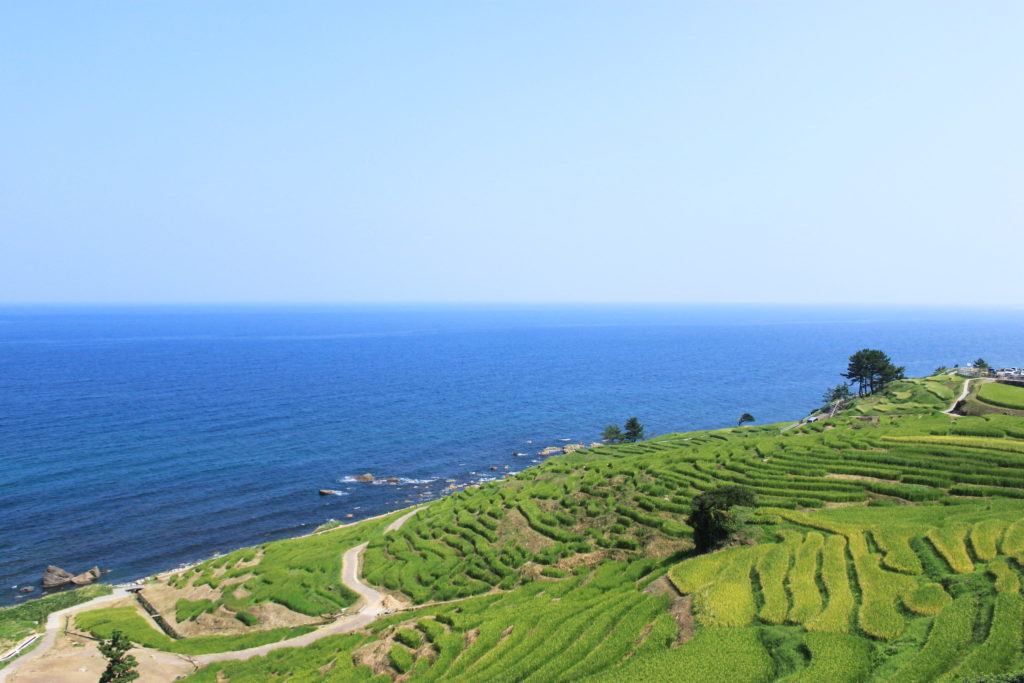
A remote, finger of land, that protrudes north into the sea of Japan; Noto peninsula is known for its breathtaking cliff edges with expansive views, diverse fisheries, and amazing coastal drives. It is located in the center of Honshu Island, and since you arrive at the Noto airport, this amazing trip begins, with a short drive to the west coast in which you will pass through the tunnels that cross the mountains and when you leave them you will find the cliffs, that will offer you an incomparable view of the sea.
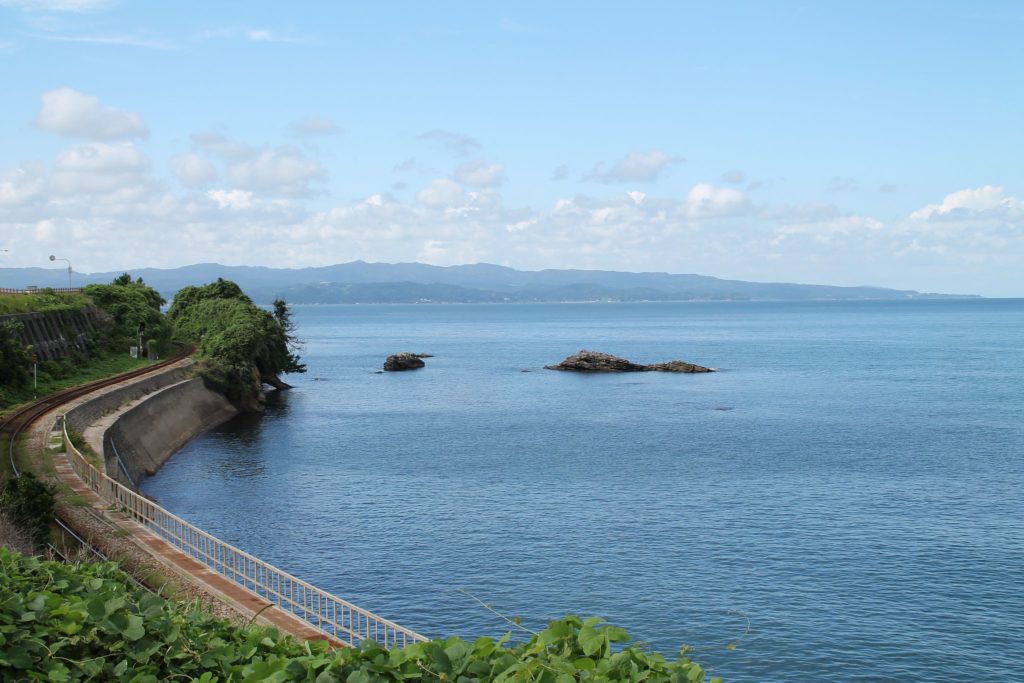
The coast is surrounded by quite particular rock formations, for example, the Hatago Iwa, two rocks that are linked by a shimenawa or rope, because they are considered sacred by the inhabitants of the place. The pair of rocks are said to represent two lovers. There is also the Ganmon Rock, a natural gateway to the infinities of the sea.
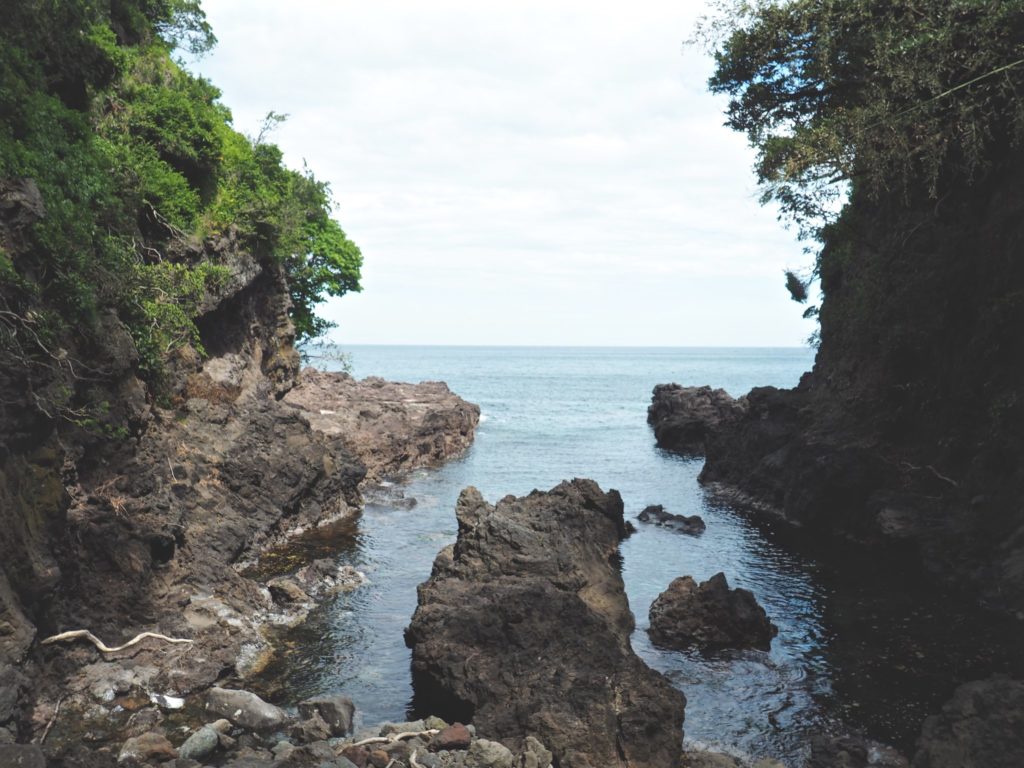
The landscapes of the Noto peninsula are enviable: you will be surrounded by beautiful hills and imposing mountains, and you can also find beaches, rocky or sandy, called “sotoura” by the local people. Its rivers, with high cliffs, are called “uchiura”. Its biodiversity is extensive, and this offers unique, wonderful views to everyone who visits the peninsula.
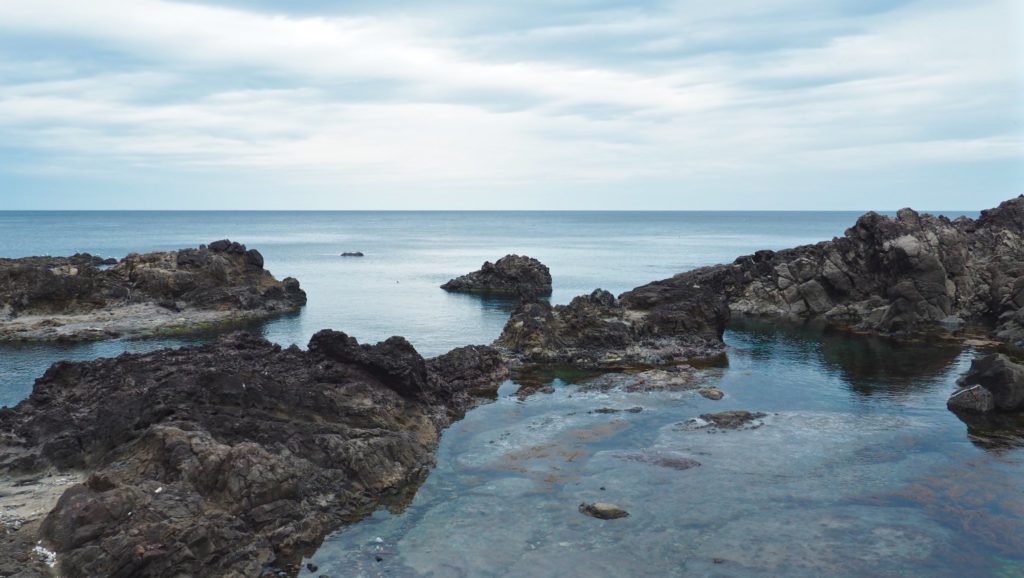
The locals live in harmony with the sea, making the most of the resources it has to offer them. For example, they collect seaweed at low tide, produce salt using seawater, and maintain 13-foot-high (4 meters) fences made of bamboo (also called magaki) to lessen the force of the wind and waves a little during the winter. Kamiozawa is a small town nearby where the “magaki” is, a bamboo fence made with 10,000 bamboo stalks, built to prevent the Siberian winds from hitting the traditional wooden houses of those who inhabit the place.
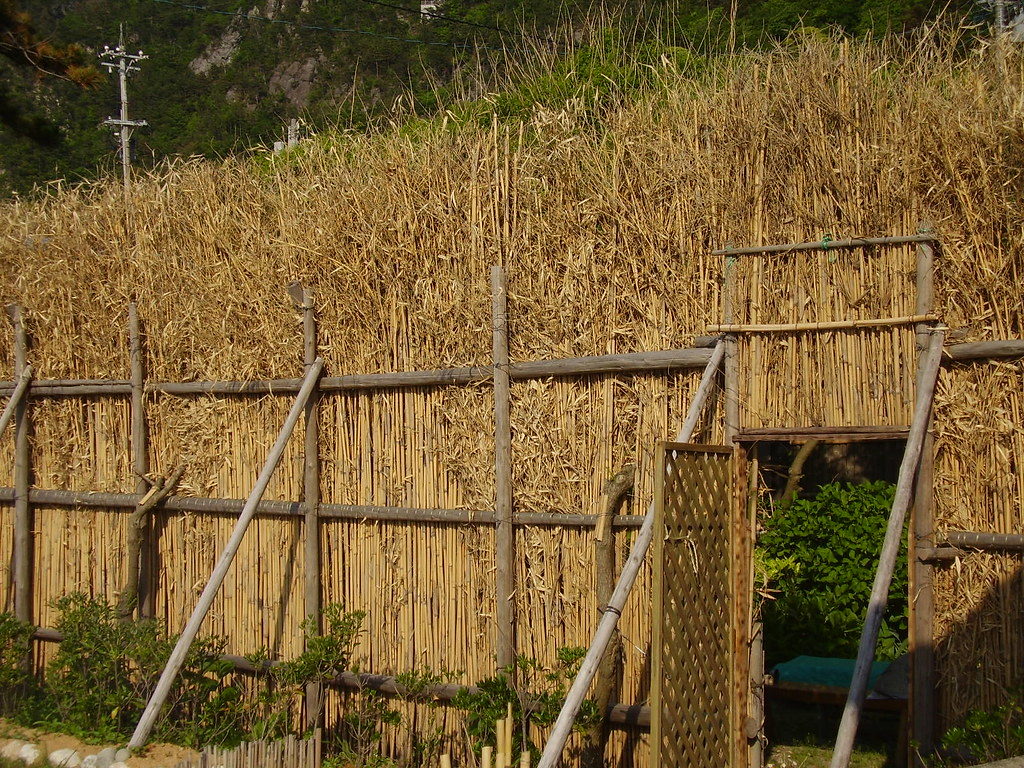
Passing the “magaki”, at 15 miles (24 km) is the city of Wajima, where the famous Wajima-nuri, a traditional Japanese lacquer, is produced. It is created by local artisans and exhibited in 2 museums. If you want to buy some of these you can visit the “morning market”, which dates back about 1,000 years ago, there you will also find a variety of seafood.
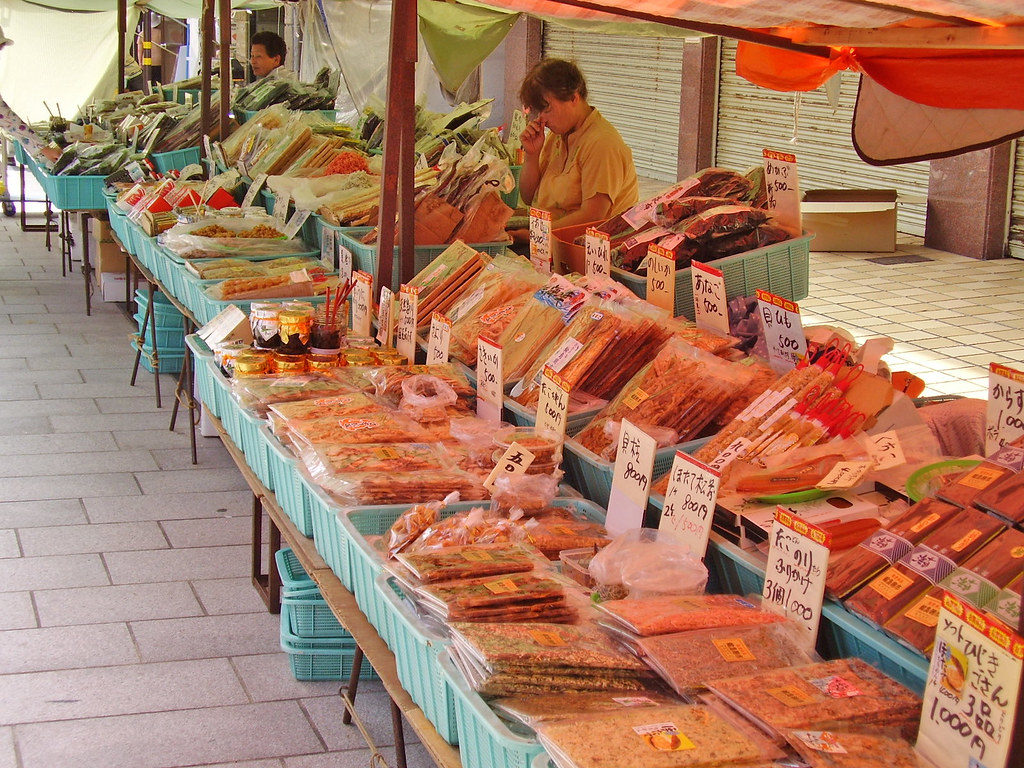
Spots to visit…
Wakura Onsen:
They are thermal waters or better known as “Onsen”, it is a famous health resort located in Nanao City.
Keta Great Shrine:
It is a sanctuary located in Hakui City, famous because it is said that in this place where you can find a good lover and a good marriage.
Soji Temple:
It is a sacred site dedicated to the Soto Zen Buddhism, surrounded by other ancient cathedrals, and some not so ancient as the one located in the prefecture of Kanagawa. It is located in Monzen Town.
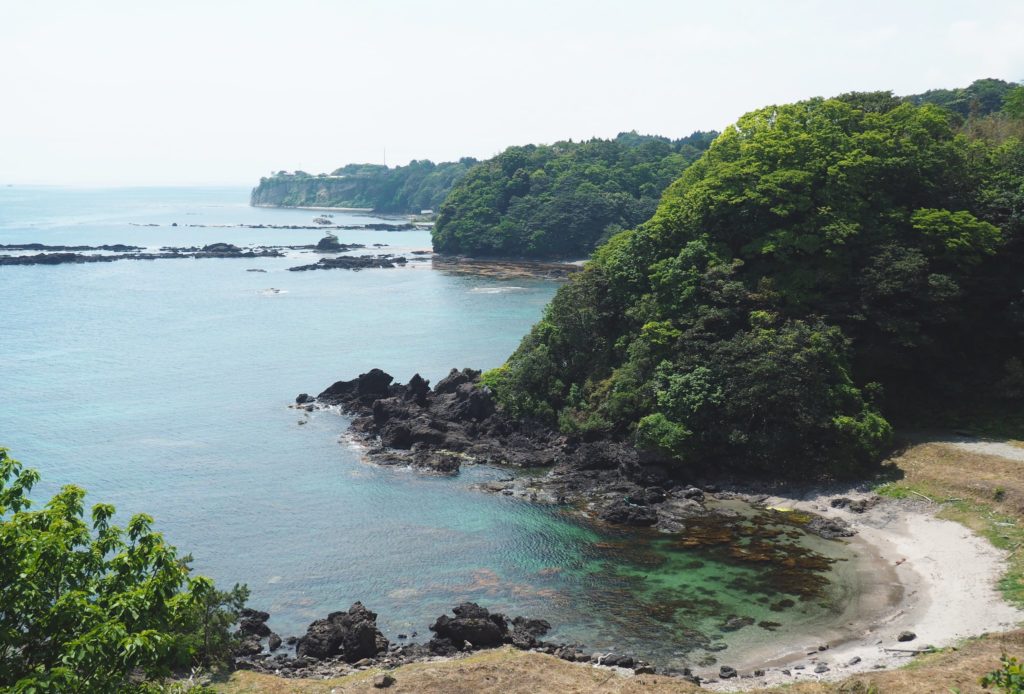
Where does the name come from …
The name “Noto” seems to come from an ancient language, which predates Ainu, a small family of languages that were originally spoken on the island of Hokkaido. The word “Noto” does not have any meaning in Japanese, but in the Ainu language family, “not” means peninsula, and the final “o” is presumed to have been added to meet the phonological requirements of the old Japanese.
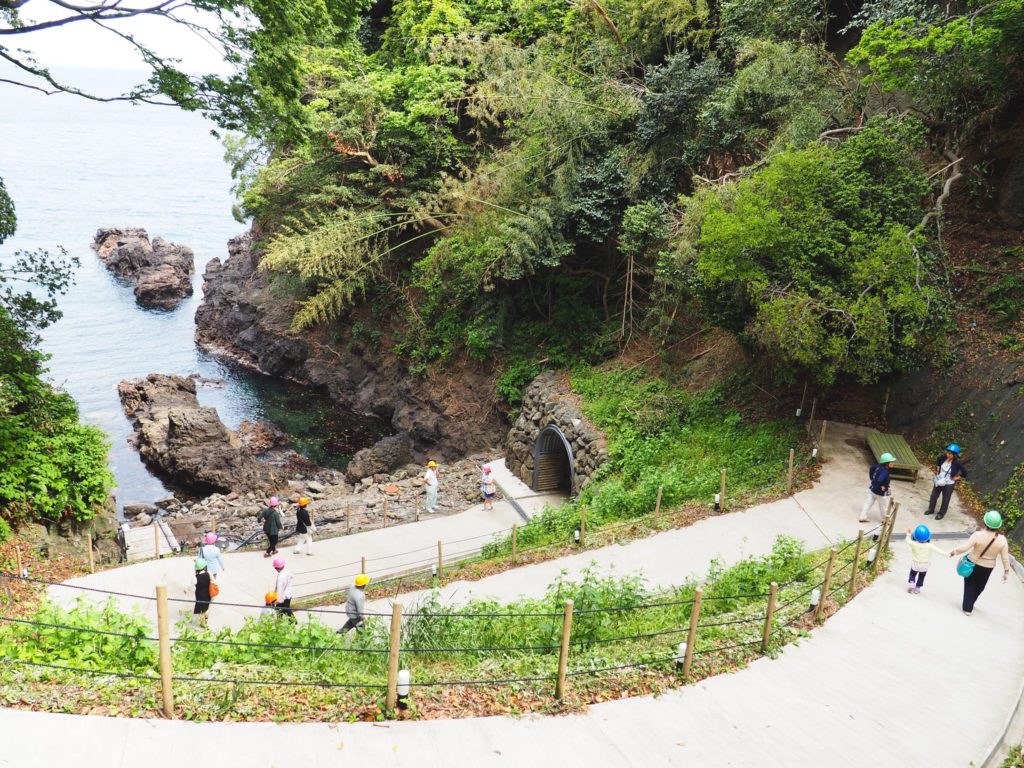
Visiting this tourist destination will undoubtedly be one of the best experiences of your life, and you can get to know more about this wonderful culture and learn all the new things this site has to teach you. Dare to travel to this beautiful peninsula and its delightful people, culture, food and landscapes.
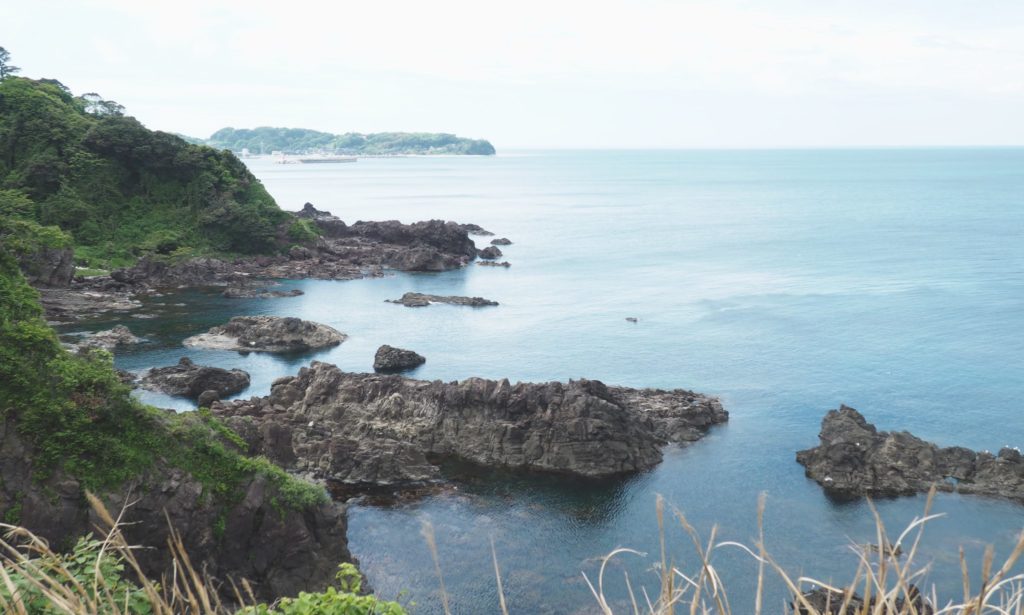
When to go
The weather is best in summer and fall, but winter brings fresh, fatty seafood and waves and winds that blast the coastline to dramatic effect.
How to find it
Noto airport is a one-hour flight from Tokyo. The train journey from Tokyo takes six hours.
Planning
Public buses are rare. Rent a car at the airport or station, or a bicycle, which is a good way to explore the peninsula. Wajima’s morning market is from 8 a.m to noon, and opens daily. Kiriko festivals are held in summer, when giant lanterns are paraded and then set alight.
Website
If you loved this article or found it useful, don’t forget to share it with your adventurous and travel-loving friends! If you want more posts like this, like us on Facebook, follow us on Twitter and Instagram, and subscribe to our newsletter!

